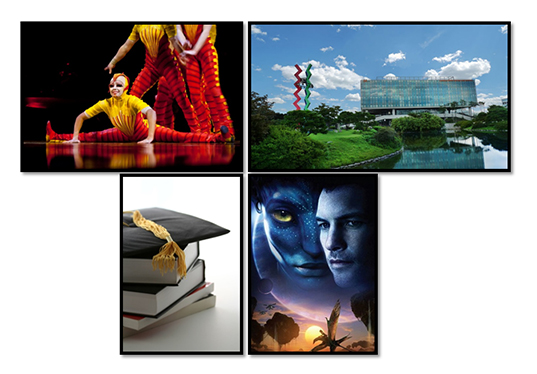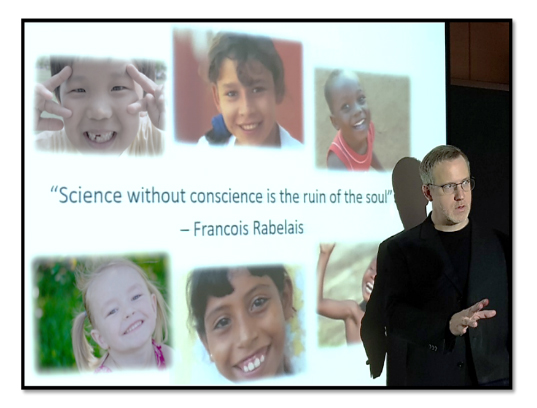KAIST
BREAKTHROUGHS
Research Webzine of the KAIST College of Engineering since 2014
Spring 2025 Vol. 24Design and optimization of engineering classes from a service economy perspective
Design and optimization of engineering classes from a service economy perspective
As a component of the service economy, university education shares the same economic classification as movie theaters, restaurants, music concerts, and coffee shops. Concepts and methods from such services have been exploited in engineering classes to improve student satisfaction, outcomes, and perspectives at KAIST.
Article | Spring 2019
Engineering education has been undergoing a transformation driven by internet technologies and student-centered paradigms that enable active, flipped, and personalized learning. However, despite these advances in instruction, education continues to be viewed as a manufacturing endeavor. Yet, engineering education is a component of the service economy. Despite recent technology-enabled transformations, are there opportunities to design and optimize engineering courses from a service economy perspective?
Starting in 2012, a team of researchers at KAIST in Professor James R. Morrison’s xS3D lab began a long-term research effort seeking to answer the question: “What makes a course great”? Ultimately, they seek to create engineering courses that transcend ordinary delivery approaches and connect deeply with students. The researchers used axiomatic design, statistical models, and optimization to guide their research. Two key facts were unearthed.
• First, engineering education, as part of the service economy, shares the same economic classification as movie theaters showing Avatar or Along with the Gods, live theatre events such as Cirque du Soleil or Chicago, coffee shops, and restaurants (see Figure 1).
• Second, celebrated extraordinary courses, such as Walter Lewin’s physics course at MIT, Randy Pausch’s “Building Virtual Worlds” at CMU, and Colman McCarthy’s “Alternatives to Violence” at UMD embedded significant emotional and sensory context alongside their content.
From these observations, two non-traditional, service-oriented, functional requirements for engineering courses were identified: emotional context and sensory stimulation.
Using these ideas, courses in the KAIST ISysE program were redesigned. Emotional context and complementary sensory stimuli were inserted into the class presentations and activities.
• A special lecture was provided once per chapter seeking to provide deep emotional context together with in-class activities.
• Nearly all examples were designed to inject emotional and sensory context.
• The class atmosphere was designed for education as a service to student customers.
For example, one special lecture integrated Red Cross food distribution, transportation system optimization, and a world of hunger discussion targeting emotions such as pity and sympathy. As depicted in Figure 2, arresting images and music were used to amplify the emotions and provided layered sensory stimuli. A service atmosphere can be created in many ways including the use of candy to inspire student participation and joyful greetings as students enter the classroom.
Measurable results were achieved with these methods. Course evaluation scores (CES) in Introduction to Operations Research before the new design averaged 4.42/5.00. With the new design in 2013, the CES jumped to 4.67/5.00. This was a statistically significant result with p = 0.01. In 2017, the CES for this course reached its highest value of 4.70/5.00. In an experiment in 2015, the median class exam score improved from 78 to 88 out of 100 attributable to the new design. Further, some students have sent emails and provided feedback suggesting that such methods have changed their perspective on what it means to be an engineer.
Even in engineering courses, there is the potential to motivate students to see themselves as agents of change toward a better world. Service-oriented approaches can help students understand the value of what they are learning and guide them toward brighter, more effective, and more caring versions of themselves.
Image Sources Figure 1
Cirque du Soliel (accessed 2018/12/27, labelled for noncommercial reuse): https://www.flickr.com/photos/krudo/6303422800/in/photostream/
Avatar (accessed 2018/12/27, labelled for noncommercial reuse): https://www.flickr.com/photos/r_rahman/4353035168
Image Sources Figure 2
Photo from class. (Images on screen taken from noncommercial reuse search… verification in progress).
Most Popular
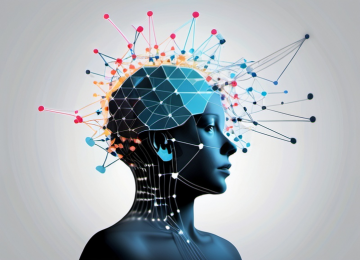
When and why do graph neural networks become powerful?
Read more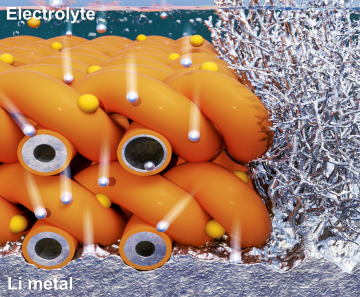
Extending the lifespan of next-generation lithium metal batteries with water
Read more
Professor Ki-Uk Kyung’s research team develops soft shape-morphing actuator capable of rapid 3D transformations
Read more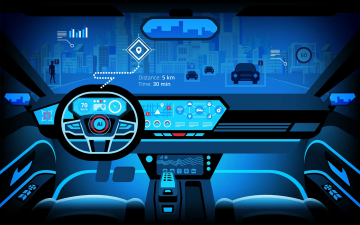
Smart Warnings: LLM-enabled personalized driver assistance
Read more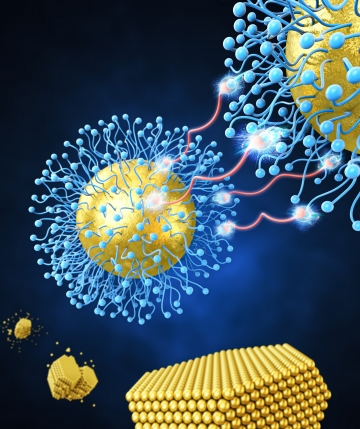
Development of a nanoparticle supercrystal fabrication method using linker-mediated covalent bonding reactions
Read more
